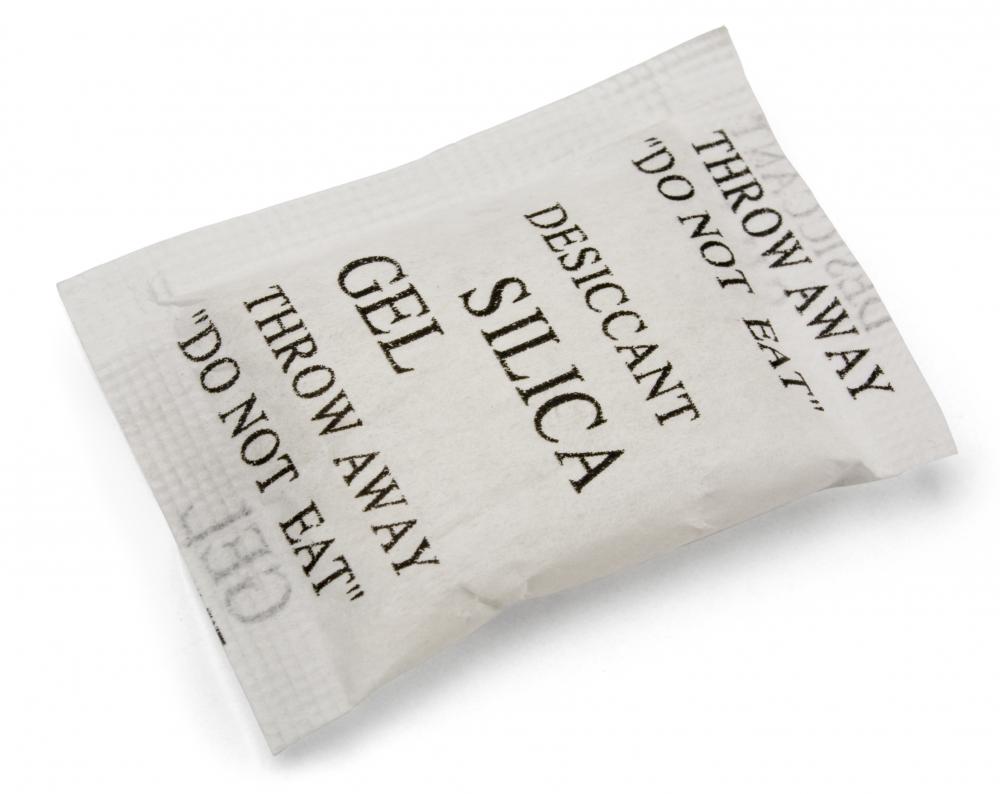At WiseGEEK, we're committed to delivering accurate, trustworthy information. Our expert-authored content is rigorously fact-checked and sourced from credible authorities. Discover how we uphold the highest standards in providing you with reliable knowledge.
What Is Colloidal Silica?
Colloidal silica is a liquid dispersion of silicon dioxide, the same material found naturally in sand. Like other colloids, it consists of microscopic particles evenly dispersed throughout a different substance — in this case, a solid dispersed in a liquid. This mixture is known as a sol, and it has numerous industrial and commercial applications.
Silica sols are created using a variety of chemical procedures. Usually colloidal silica is monodisperse, meaning that all particles in the sol are the same size. Particles are chemically “grown” from tiny silica nuclei suspended in the aqueous solution, and may be large or small depending on the desired properties of the finished sol.

Large particles tend to make a mixture of silica more stable, or likely to stay in dispersed form. At high concentrations, smaller particles may form aggregates and make the mixture gooey and viscous. Particle size also affects the appearance of the sol, and mixtures with small particles are more transparent.
Colloidal silica is used in a multitude of settings. It can be used as an abrasive or polishing agent for semiconductors, as a catalyst for various chemical reactions, and as a coating product. Coatings of silica are helpful in increasing traction on surfaces such as floors and railway tracks, as well as textile fibers. This is due both to the abrasive action of the small particles as well as their ability to chemically react with the opposite surface.
Papermaking is another area where colloidal silica is widely used. Here, silica acts as a drainage agent, allowing more starch to be contained in the paper as the watery pulp is processed. The additional starch increases the paper’s toughness.

In wine and juice making, colloidal silica is used to refine a beverage by removing organic compounds from suspension. These compounds, which otherwise would form an undesirable impurity in the beverage or adversely affect the flavor, are attracted to oppositely charged particles in the sol. A sediment of silica and impurities forms, which can then be removed mechanically, leaving behind a purified beverage.
While in many industrial applications it is important to keep silica in its evenly dispersed form, in other cases the formation of clumps or chains of particles is desired. Silica gels, which are often used as a desiccant in packaged products, can be formed in this way. When the pH of colloidal silica is reduced to less than 7 or salt is added, particles in the sol begin to attach to one another, forming chains. Eventually, a silica gel is created.
AS FEATURED ON:
AS FEATURED ON:












Discuss this Article
Post your comments